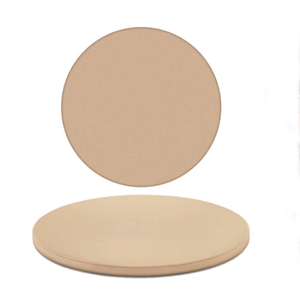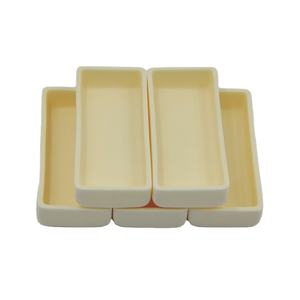Discover Premium Ceramic Products | Durability & Elegance United | Advanced Ceramics
PRODUCT PARAMETERS
Description
Overview of Boron Nitride Molding Setter for Sintering Ceramics
Boron Nitride (BN) ceramic is a unique material renowned for its exceptional properties, making it highly valuable in various industrial applications. It exists in multiple forms, primarily hexagonal boron nitride (h-BN), cubic boron nitride (c-BN), and wurtzite boron nitride (w-BN). Hexagonal BN, the most common form, is often compared to graphite due to its lubricious and thermally conductive yet electrically insulating nature. Boron Nitride ceramics are synthesized under high temperatures and pressures, offering a rare combination of properties not found in many other materials.
Features of Boron Nitride Molding Setter for Sintering Ceramics
Thermal Conductivity: Excellent thermal conductivity, especially in the hexagonal form, allowing efficient heat dissipation.
Electrical Insulation: Outstanding electrical insulation properties make it ideal for electrical applications requiring thermal management.
Chemical Stability: Highly resistant to chemical attacks, including strong acids and bases, ensuring durability in harsh environments.
Thermal Shock Resistance: Superior resistance to thermal shock, enabling it to withstand rapid temperature changes without cracking.
Mechanical Strength: Good mechanical strength at both room and elevated temperatures, although this can vary with the form of BN.
Lubricity: Self-lubricating property due to its layered structure, which reduces friction and wear in moving parts.
Non-Toxic: Safe to use in various settings, including medical and food processing industries, due to its non-toxic nature.
High-Temperature Performance: Maintains stability at extremely high temperatures, exceeding 1000°C in inert atmospheres, making it suitable for refractory applications.
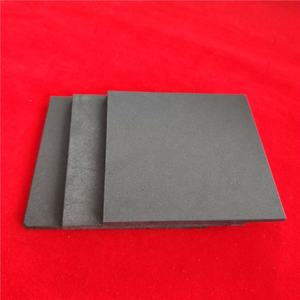
(Boron Nitride Molding Setter for Sintering Ceramics)
Specification of Boron Nitride Molding Setter for Sintering Ceramics
Boron Nitride molding setters are vital tools for shaping advanced ceramics during high-temperature sintering. These setters hold ceramic parts securely in the desired shape throughout the firing process. Boron Nitride itself is a special ceramic material. It offers unique properties perfect for this demanding job. BN setters withstand extremely high temperatures easily. They remain stable even above 2000°C in inert atmospheres. This stability is crucial for sintering many advanced ceramics needing intense heat.
Another key benefit is BN’s non-reactivity. It does not react chemically with most ceramic materials. This prevents contamination of the valuable parts being sintered. The setters keep the parts clean. The surface of Boron Nitride is naturally non-wetting. Molten materials do not stick to it. This allows easy removal of parts after sintering. No residue builds up on the setter surface. This non-stick quality saves time and prevents damage during demolding.
Precision machining is important for these setters. They are made to exact dimensions. This ensures consistent part geometry batch after batch. BN setters resist thermal shock very well. They can handle rapid heating and cooling cycles without cracking. This durability extends their usable life significantly. Using BN setters improves production efficiency. They minimize warping and distortion in finished ceramic components. This leads directly to higher yields and better quality parts. The material also provides excellent electrical insulation at high temperatures. This is important in many sintering furnace environments. Investing in quality Boron Nitride molding setters pays off through reliable performance and reduced waste.
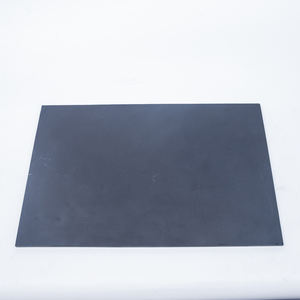
(Boron Nitride Molding Setter for Sintering Ceramics)
Applications of Boron Nitride Molding Setter for Sintering Ceramics
Boron nitride molding setters are essential for sintering ceramics. They hold ceramic parts in place during the high heat process. BN setters handle extreme temperatures easily. They don’t react with most ceramic materials. This keeps the ceramic parts pure and clean. The setters also release the sintered parts smoothly. Parts don’t stick or get damaged when removed. This saves time and reduces waste.
People use BN setters for many ceramic types. They are perfect for sintering aluminum nitride parts. Aluminum nitride is important for electronics. BN setters prevent contamination in these sensitive components. They are also great for making silicon nitride cutting tools. The setters ensure the tools keep their exact shape under heat. Boron carbide armor tiles need precise sintering too. BN setters provide the stable support required.
The setters work well for sintering complex shapes. Crucibles and tubes often need BN setters. The non-stick surface makes removing these fragile items safe. Medical implants like dental crowns use ceramics. BN setters help make these parts consistently high quality. Aerospace components demand reliability. BN setters contribute to strong, defect-free ceramic parts. Researchers trust BN setters for experimental ceramic materials. They need dependable performance for accurate results.
BN setters last a long time. They resist thermal shock very well. Sudden temperature changes don’t crack them easily. This durability lowers costs over time. You need fewer replacements. Their stability means consistent results batch after batch.
Company Introduction
Advanced Ceramics founded on October 17, 2014, is a high-tech enterprise committed to the research and development, production, processing, sales and technical services of ceramic relative materials and products.. Since its establishment in 2014, the company has been committed to providing customers with the best products and services, and has become a leader in the industry through continuous technological innovation and strict quality management.
Our products includes but not limited to Silicon carbide ceramic products, Boron Carbide Ceramic Products, Boron Nitride Ceramic Products, Silicon Carbide Ceramic Products, Silicon Nitride Ceramic Products, Zirconium Dioxide Ceramic Products, Quartz Products, etc. Please feel free to contact us.
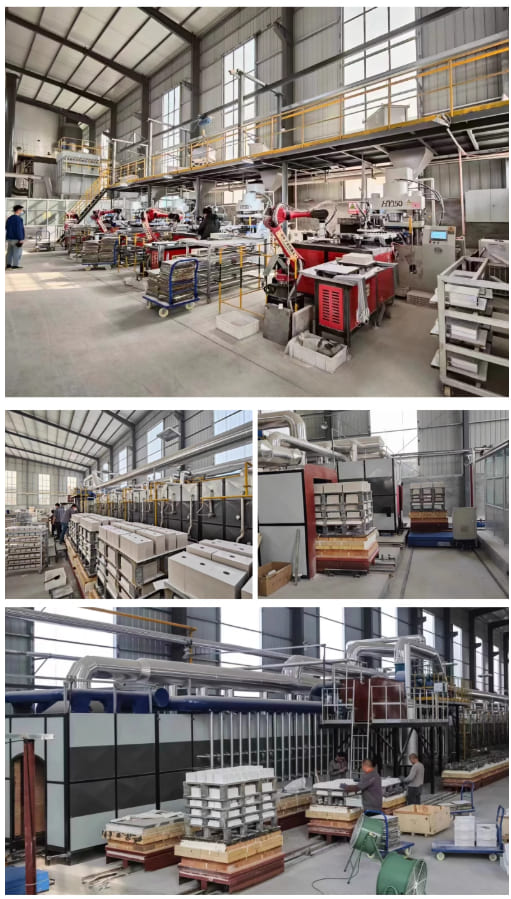
Payment Methods
T/T, Western Union, Paypal, Credit Card etc.
Shipment Methods
By air, by sea, by express, as customers request.
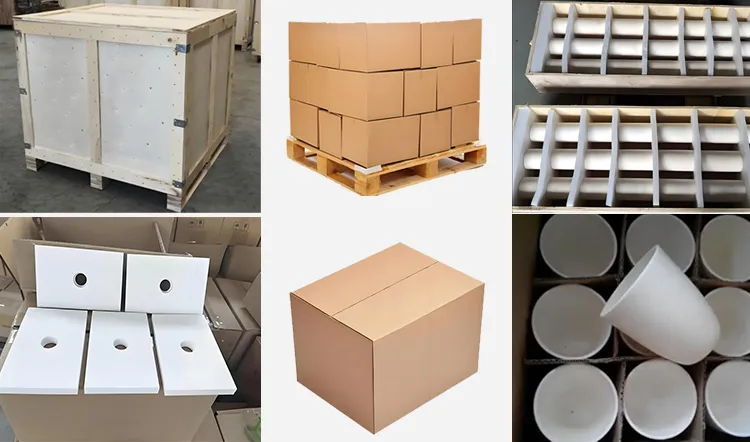
5 FAQs of Boron Nitride Molding Setter for Sintering Ceramics
Boron Nitride Molding Setter for Sintering Ceramics: Top 5 FAQs
1. Why pick boron nitride over graphite setters?
Graphite setters work. Graphite sticks sometimes. BN doesn’t stick. BN keeps your ceramics clean. BN handles big temperature changes better. BN setters last longer. You save money over time.
2. Does it really handle sudden temperature drops?
Yes. Boron nitride handles thermal shock extremely well. You heat it fast. You cool it fast. It won’t crack like other materials. This toughness means fewer broken setters. You avoid production delays. You save money.
3. How does it stop ceramics from sticking?
Boron nitride naturally repels molten ceramics. It has a non-wetting surface. Your ceramics touch the setter. They don’t bond. You get clean parts after firing. You skip extra cleaning steps. Your product quality stays high.
4. What does it do for my ceramic’s surface finish?
BN setters give a smoother finish. The surface contact is very even. Heat spreads uniformly. You avoid marks or defects. Your fired ceramics look better. They need less finishing work. You get more usable parts.
5. How many times can I reuse a BN setter?
Many times. Boron nitride setters are very durable. They resist wear and chemical attack. They maintain their shape cycle after cycle. You get consistent results longer. Your cost per use drops significantly. Proper care extends their life even more.
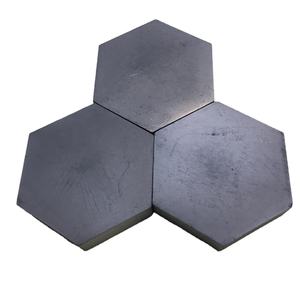
(Boron Nitride Molding Setter for Sintering Ceramics)
REQUEST A QUOTE
RELATED PRODUCTS
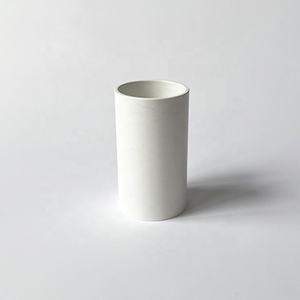
Industry Ceramic Good Quality Boron Nitride Ceramic Boat
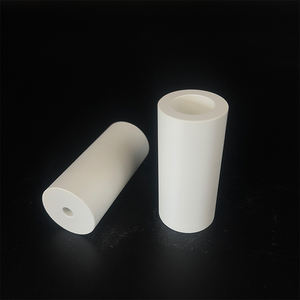
Hot Pressed Industry Ceramic Boron Nitride Parts

Boron Nitride Ceramic Insulating Tube
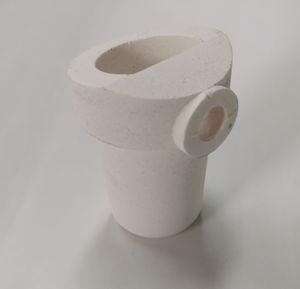
Hot Pressed BN Ceramic Insulation Tube Boron Nitride Seal Ring Solid Roller Cylinder Ring

Factory Hot Hot Pressing Boron Nitride Ceramic Industry High Temperature
